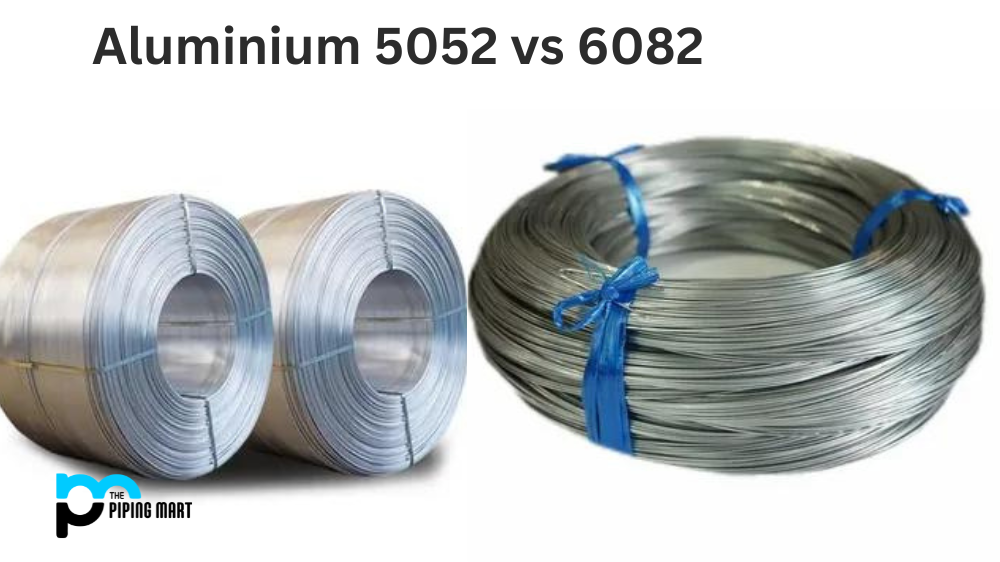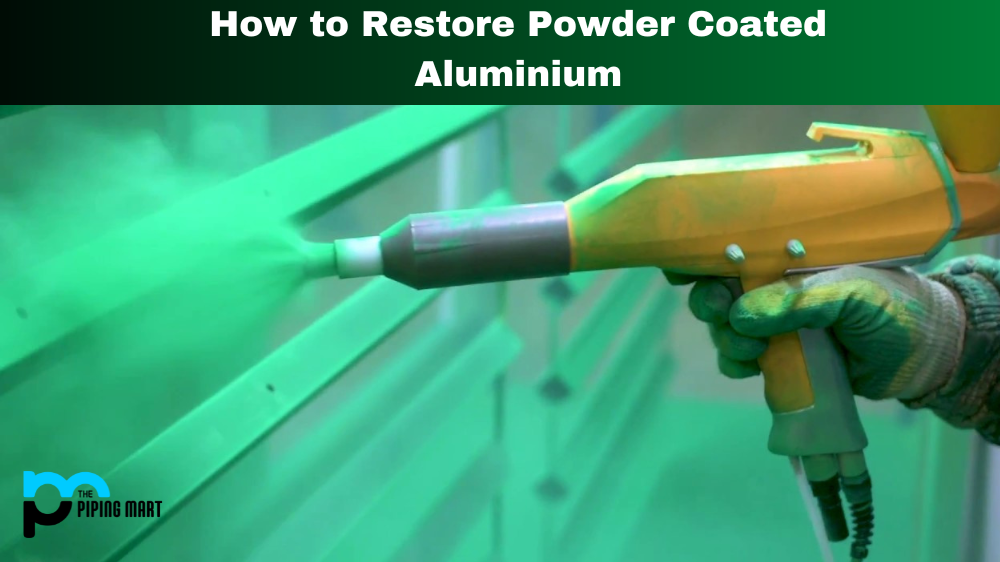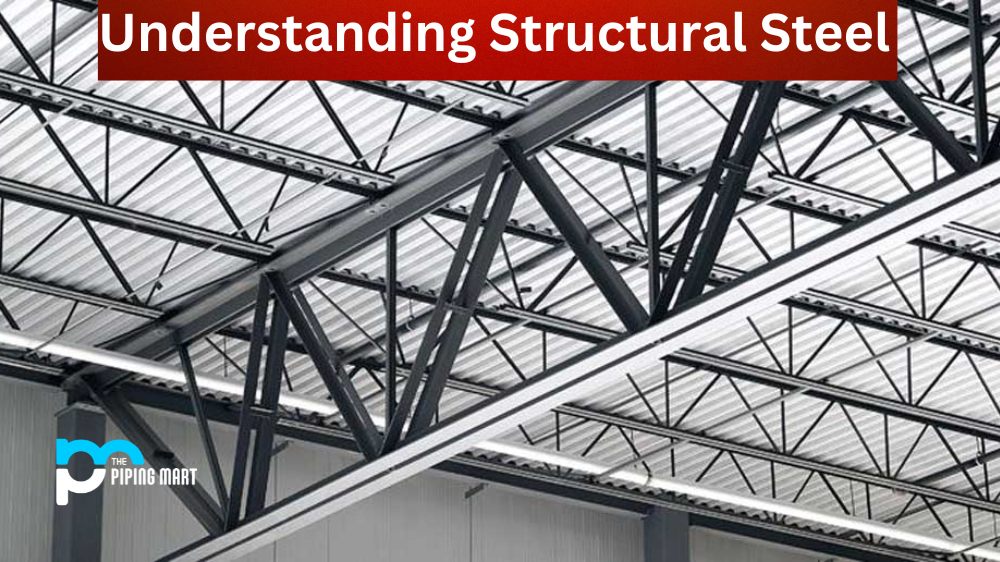Aluminum is a versatile and viral material used widely in different industries. Aluminium has many applications, from construction and transport to packaging and household appliances. But not all types of aluminium are created equal. Two of the most commonly used variants are 5052 and 6082. While they may seem quite similar at first glance, they differ in some essential aspects. In this blog post, we will explore the differences between aluminium 5052 and 6082 and help you decide which one to choose for your project.
What is Aluminum 5052?
Aluminium 5052 is an aluminium alloy that contains magnesium and chromium. The alloy is known for its high strength and good corrosion resistance. It is often used in the manufacture of aircraft parts and marine equipment.
What is Aluminum 6082?
Aluminum 6082 is an aluminium alloy that contains magnesium and silicon. The alloy is known for its high strength and good weldability. It is often used in the construction of bridges and buildings.
Difference Between Aluminium 5052 and 6082
Properties
Due to their different compositions, aluminium 5052 and 6082 have other properties. Aluminium 5052 is more robust than 6082 but is more susceptible to corrosion. Aluminum 6082 is less intense than 5052 but has better weldability.
Uses
Aluminium 5052 is commonly used to manufacture aircraft parts and marine equipment, while aluminium 6082 is used to construct bridges and buildings.
Availability
Both alloys are widely available from most metals suppliers.
Composition
The most significant difference between 5052 and 6082 aluminium is their chemical composition. 5052 is an alloy that contains magnesium as its primary alloying element. It also has small amounts of chromium, copper, iron, and zinc. In contrast, 6082 is an alloy that contains silicon as its primary alloying element. It also has small amounts of magnesium, chromium, copper, iron, and zinc. The different compositions give each alloy unique properties and performance characteristics.
Strength and Hardness
Both 5052 and 6082 aluminium are known for their high strength and hardness. However, 6082 is generally considered more robust and more complex than 5052. This difference is due to the higher percentage of silicon in 6082. The increased strength and hardness make 6082 a good choice for heavy-duty applications requiring high wear and tear resistance.
Weldability
Weldability is a crucial factor to consider when choosing aluminium for your project. Both 5052 and 6082 have good weldability properties. However, 6082 is considered easier to weld due to its lower sensitivity to weld cracking. This attribute makes 6082 a preferred choice for critical applications that require a high degree of weld integrity.
Corrosion Resistance
Aluminum is known for its excellent corrosion resistance properties, which are ideal for harsh environments. 5052 and 6082 have good corrosion resistance, but 5052 is slightly more resistant than 6082. This characteristic makes 5052 a better choice for applications that require superior corrosion resistance, such as marine and maritime applications.
Cost
The cost is an important consideration when choosing between 5052 and 6082 aluminium. The prices of these alloys can vary depending on factors such as the availability of raw materials, market demand, and the supplier. Generally, 5052 is less expensive than 6082 due to its lower silicon content and easier processing. However, the price difference may need to be more significant to be a deciding factor.
Conclusion
Aluminium 5052 and 6082 are popular and widely used alloys with many similarities. However, they differ in critical aspects that affect their suitability for specific applications. 5052 is a good choice for applications that require superior corrosion resistance, while 6082 is better for heavy-duty applications that require high strength and hardness. Weldability and cost are other factors to consider when choosing between the two alloys. By understanding their differences, you can make an informed decision and determine the suitable alloy to meet your project requirements.

Pipingmart is a B2B portal that specializes in metal, industrial and piping items. Additionally, we share the latest information and information about materials, products and various types of grades to assist businesses that are involved in this business.




